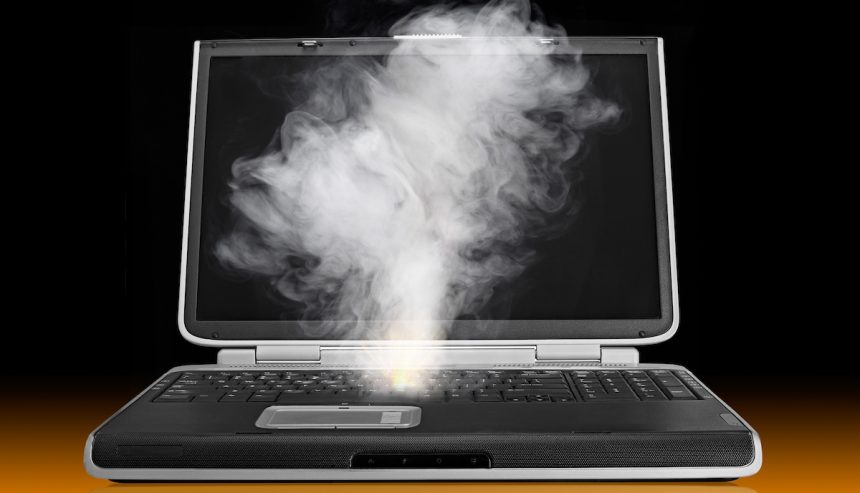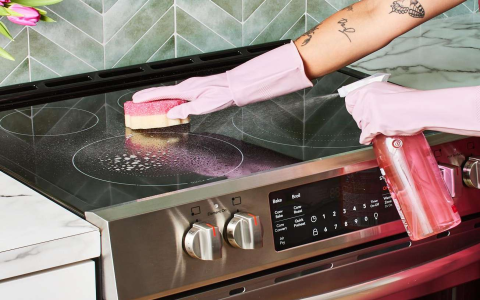Initial Preparation & Safety
Safety First: Always unplug electronics from the power source before attempting any cleaning. Allow them to cool down completely to avoid damage or electric shock.
External Surface Cleaning
Wiping down the exterior is the crucial first step. Use appropriate cleaners carefully:

- Microfiber Cloth & Solution: Lightly dampen a soft, lint-free microfiber cloth with a 50/50 solution of distilled water and isopropyl alcohol (70% or less). Wring it out thoroughly; no liquid should drip. Alternatively, specialized electronic cleaning wipes can be used, ensuring they are not overly saturated.
- Gentle Wiping: Carefully wipe all accessible exterior surfaces, including casings, keyboards, and screens (if appropriate for the cleaner). Avoid getting any moisture into openings, ports, seams, or vents.
- Detailing Brushes: For crevices and around keys, use a dry, soft brush (like a new paintbrush or a specialized detailing brush) to dislodge nicotine residue and dust.
Addressing Internal Odors (Use Extreme Caution)
Internal odor removal can be more challenging and carries risks. If you are not comfortable disassembling electronics, or if the device is under warranty, consider professional help.
- Compressed Air: For devices with fans and vents (e.g., computers, game consoles), use short bursts of compressed air to blow out dust and tar particles from internal components. Do this outdoors or in a well-ventilated area. Hold the can upright to prevent liquid propellant from spraying. Focus on fans, heatsinks, and vents.
- Internal Component Cleaning (Advanced Users/Professionals): For those comfortable with disassembly, carefully opening the device allows for more direct cleaning of internal surfaces with isopropyl alcohol on a swab or cloth. Warning: This can void warranties and carries a high risk of damage if not done correctly. Research specific guides for your device.
Odor Absorption Methods
After cleaning, employ odor absorbers to neutralize lingering smells. Do not place these directly inside the electronics unless specifically designed and safe to do so.
- Activated Charcoal: Place the electronic device in an airtight container or a large sealable plastic bag along with several activated charcoal briquettes (ensure they are pure charcoal, not instant-light) or specialized charcoal odor absorber bags. Leave for several days to a week, checking periodically.
- Baking Soda: An open box or bowl of baking soda can be placed in the airtight container with the electronic device, similar to activated charcoal. Ensure no baking soda powder comes into direct contact with the device itself.
- Unused Coffee Grounds: Dry, unused coffee grounds in a bowl or breathable pouch can also absorb odors. Place them in the airtight container with the device, ensuring no direct contact.
- Ozone Generators (Professional Use/Extreme Caution): Ozone (O3) generators are highly effective at neutralizing odors. However, ozone can degrade plastics and rubber over time and is harmful to breathe. Use only in an unoccupied, well-ventilated space, for short durations, and with extreme caution. The device should be thoroughly aired out after treatment. This method is generally recommended for professional use or as a last resort.
Ventilation and Airing Out
Allowing the electronic device to air out in a clean, smoke-free, well-ventilated area for an extended period (days or even weeks) can significantly help dissipate residual odors. If possible, position a fan to circulate air around (but not directly into) the device, especially after cleaning.
Patience and Persistence
Removing stubborn cigarette smell from electronics can be a lengthy process and may require repeating some cleaning and odor absorption steps. Be patient and persistent for the best results.









